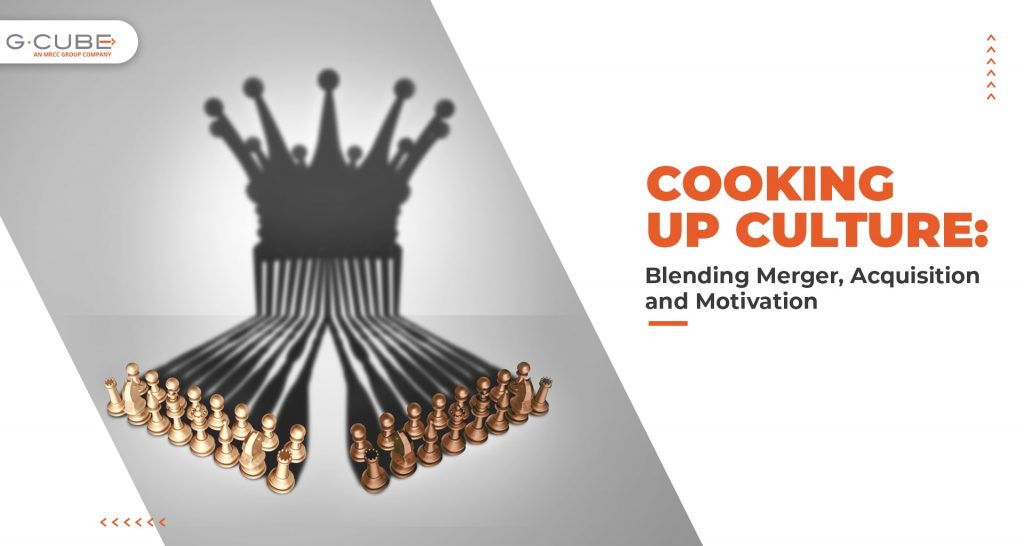Communication, Communication, Communication!– The successful mantra to anything.
In mergers and acquisitions, it is all about how, when, and in what frequency you communicate with the employees to adapt them to the change. The marrying of two different cultures, goals, and vision needs to be smooth and seamless to make this a success.
“Organization is for the employee, by the employee and of the employee,” therefore, with employees at the heart of all plans and goals, leadership should take special care to ensure that they maintain proactive communication with the employees in a complex situation. Since many employees end up being associated with the organization for a significant part of their lives, they treat it like their own family. Thus, addressing them becomes important. During a merger or acquisition, employees experience a range of emotions. But often, the leaders focus only on:
- Financial projections
- Organizational charts
- Contracts
The majority of mergers and acquisitions fail because leaders ignore the emotional needs of their employees. Therefore, leaders focusing on improving the employee experience and effective communication prove to pull the best out of such situations. After all, the M&A process will go as far as your people together take it. If the business does not understand the effect of the merger on employee motivation, their efforts could fall flat, which is not an ideal situation for anyone. It results in a loss of time, effort, and money.
Let us look at some statistics on global M&A activity:
- According to Refinitiv reports, the global M&A activity dipped in 2019, yet it was the fourth biggest year since data collection started in 1980.
- According to Fortune reports, M&A activity in 2021 has totaled a record of $2.4 trillion globally, up 158% from the same period last year.

If you have ever been involved in an M&A, you would have seen the firsthand impression of how critical its culture and communication become for the success of integration. But unfortunately, the clash of culture and lack of clear communication becomes the number one reason for the deal’s failure.
Imagine for a moment: your CEO just announced the acquisition by an MNC. A flood of worry overcomes you and your colleagues. Your mind crosses multiple questions, all wanting immediate answers. You are sweating!
The announcement of acquisition hit on everyone on the level of Maslow’s Hierarchy of Needs:
- Physiological – what if I have to relocate?
- Safety – what about job security? Is it safe? Do I have to compete with an employee of another company for my job?
- Belongingness – how will I adjust or fit in with the new culture, new people, and the new management?
- Esteem – will I be respected? Will I be considered for promotion, and will my work and effort be appreciated?
- Self-Actualization – what about my growth? Can I still achieve my personal growth?
When employees start thinking about mergers and acquisitions, they think on these lines. It is better to address them instantly than to face a poor productivity ratio, which is typical during these times. It is usually noticed that anxiety reduces the productivity rate to half of the normal during these times. The questions or doubts in employees’ minds take the best of them.
What approach would lead towards successful M&A:
- Address anxiety
- Setting clear new goals and bringing everyone on the same page with it
- Communication with the employees
- Streamline and clarity of the new roles and structure in the organization
- Create enthusiasm
- Build trust
- Foster culture champions
- Work on synergies
I would like to conclude this critical situation with some positive notes:
First, a synergy is where the whole is greater than the sum of its parts. When two or more organizations combine their efforts, they can accomplish more together than separately.
Instead of merging everyone under one of the old company cultures, find a way to unite everyone under a common set of values.








